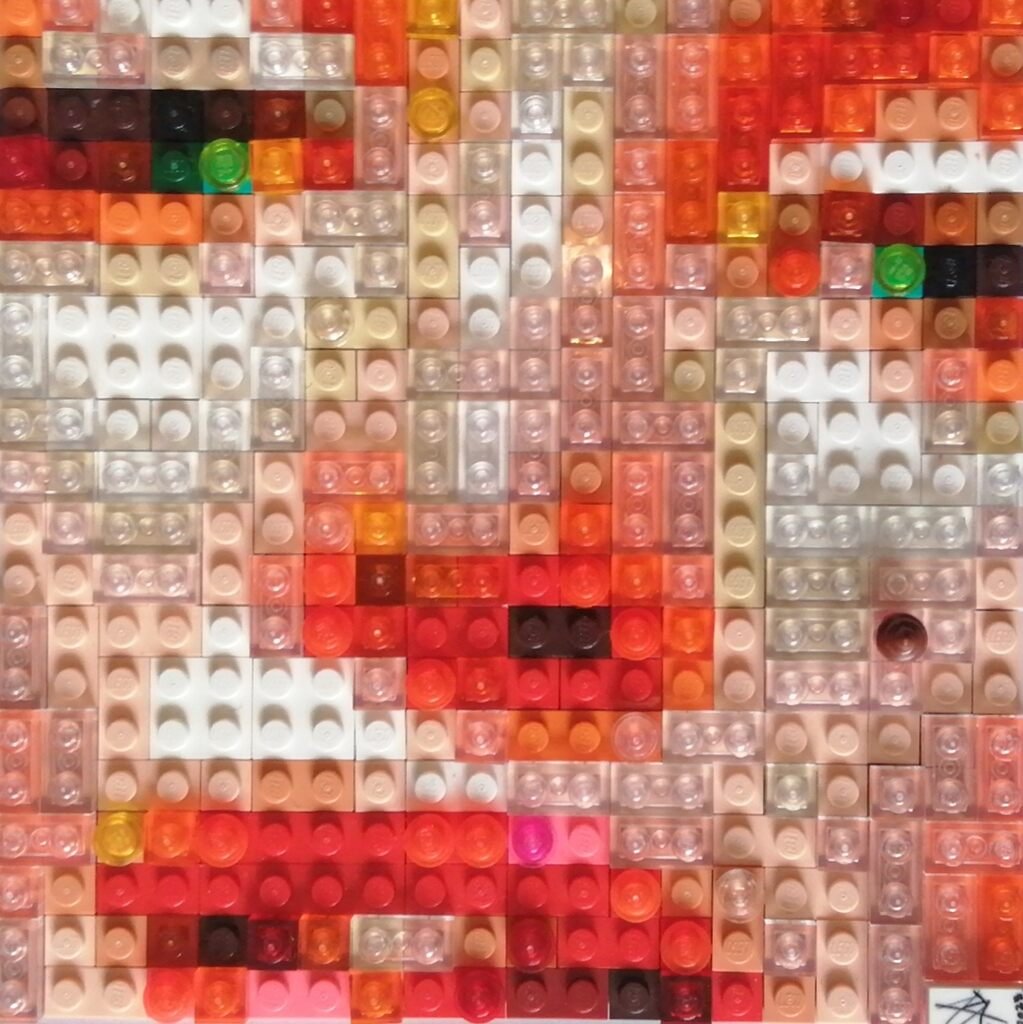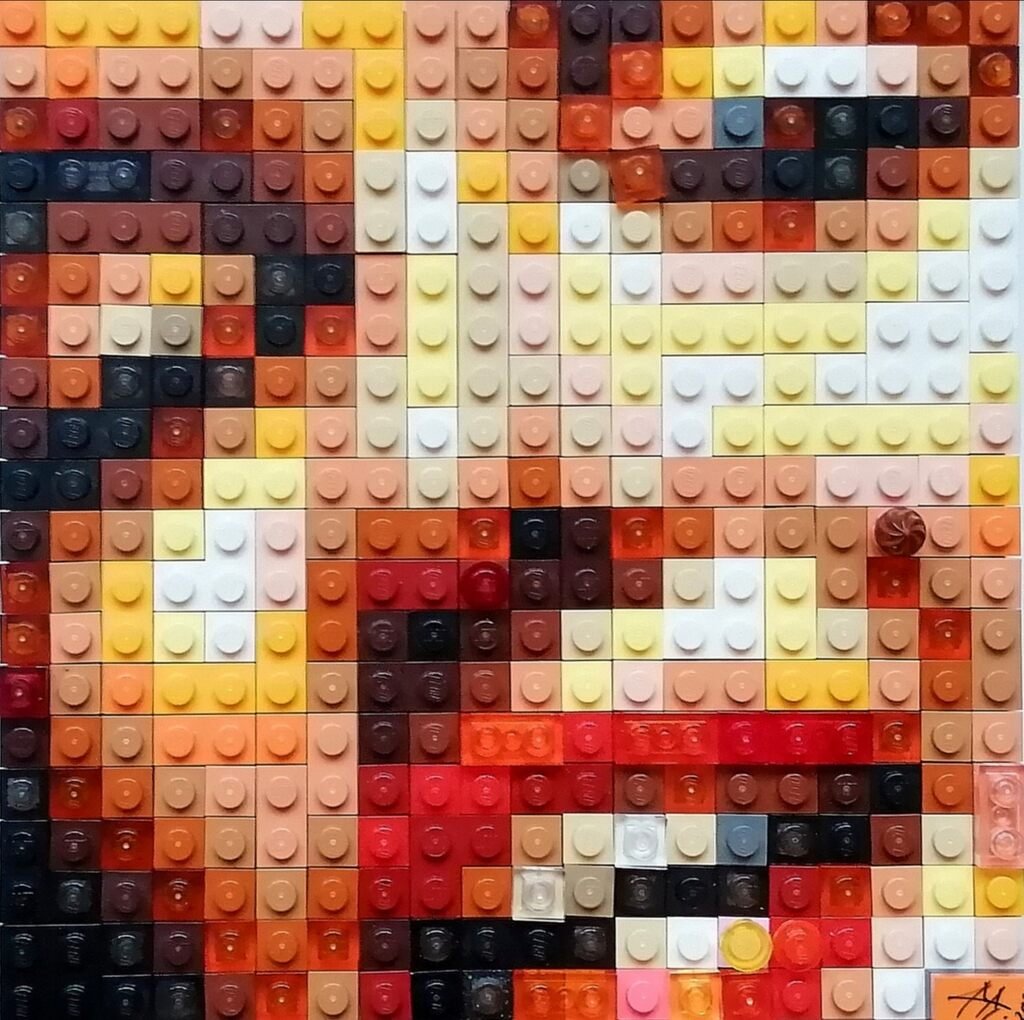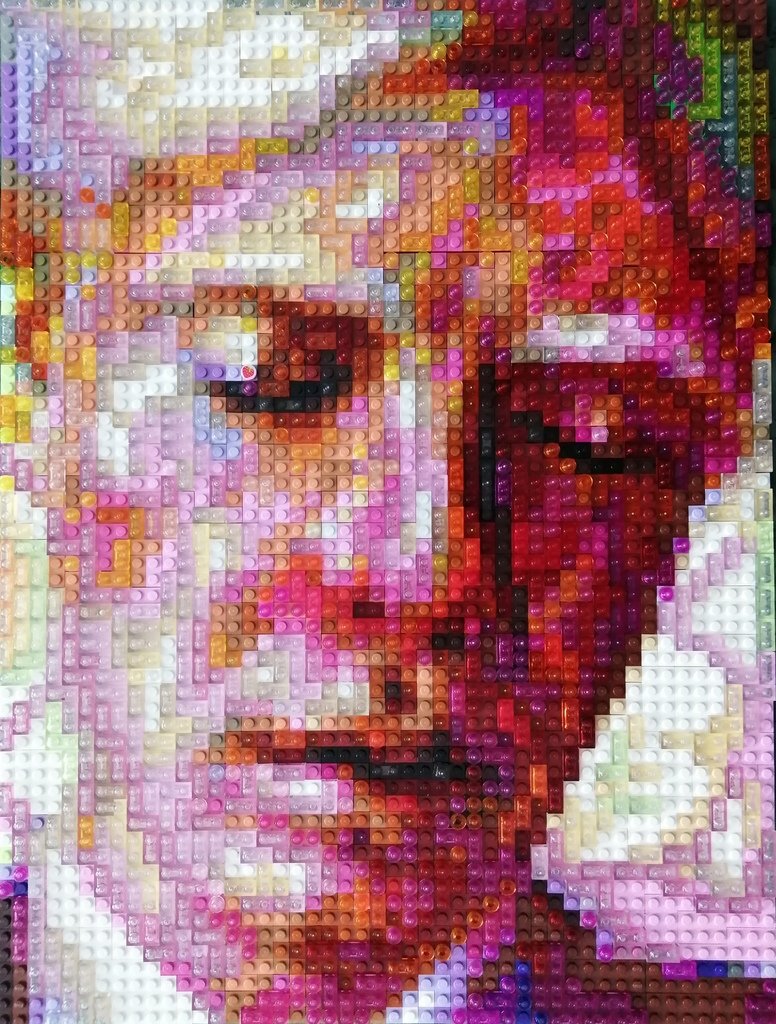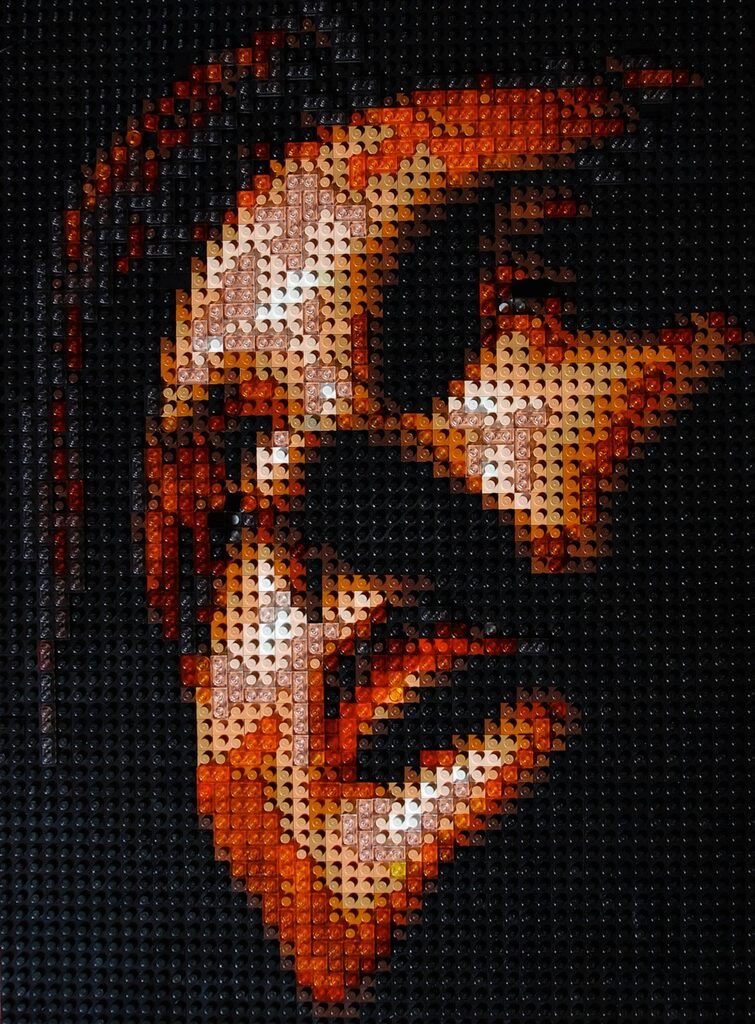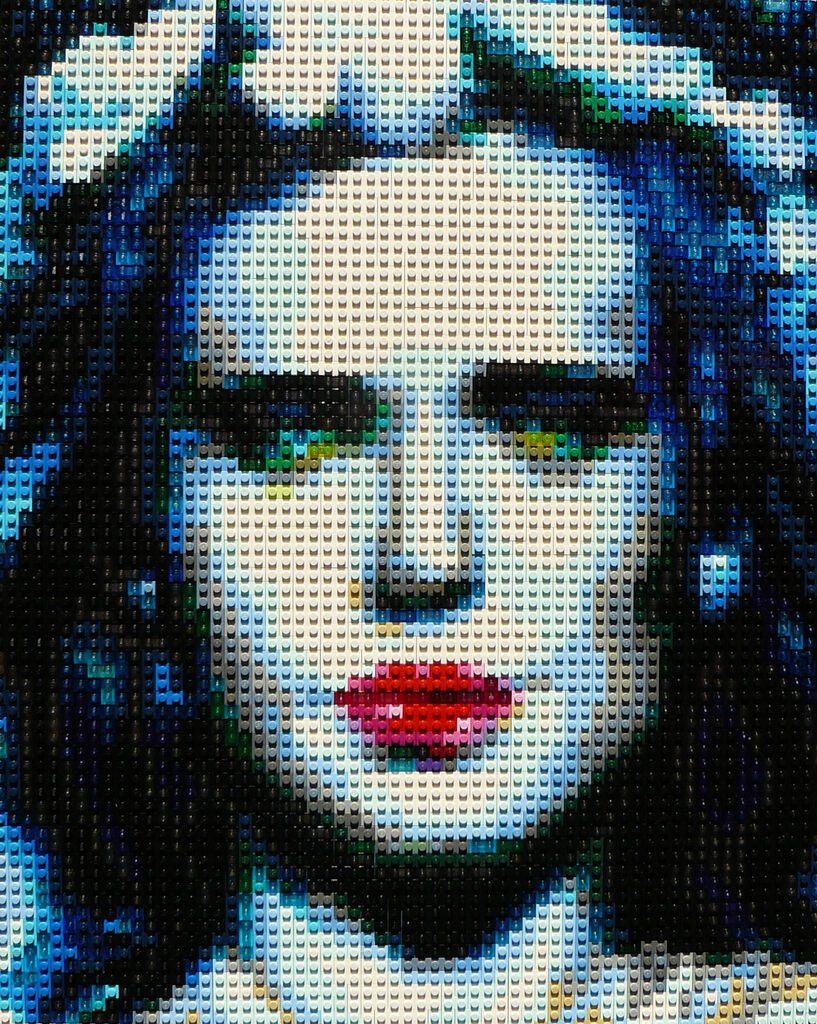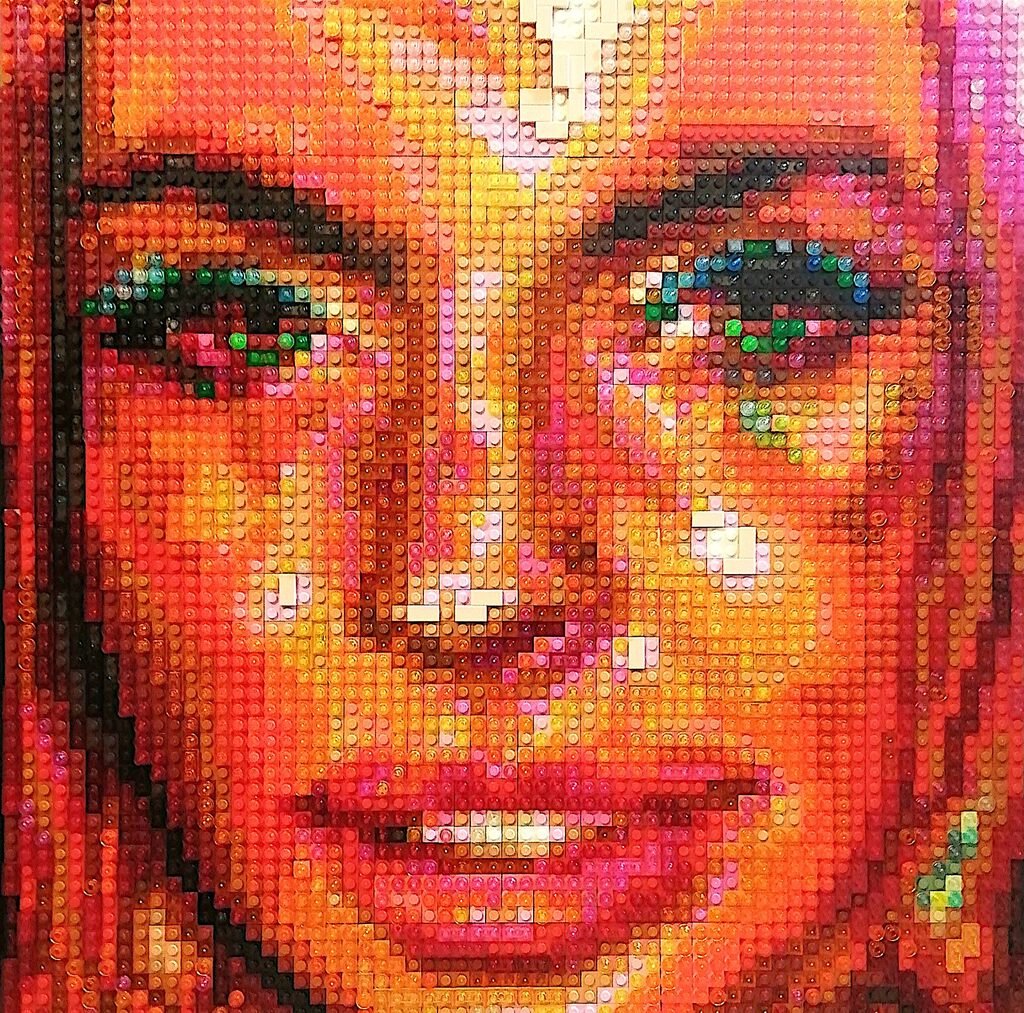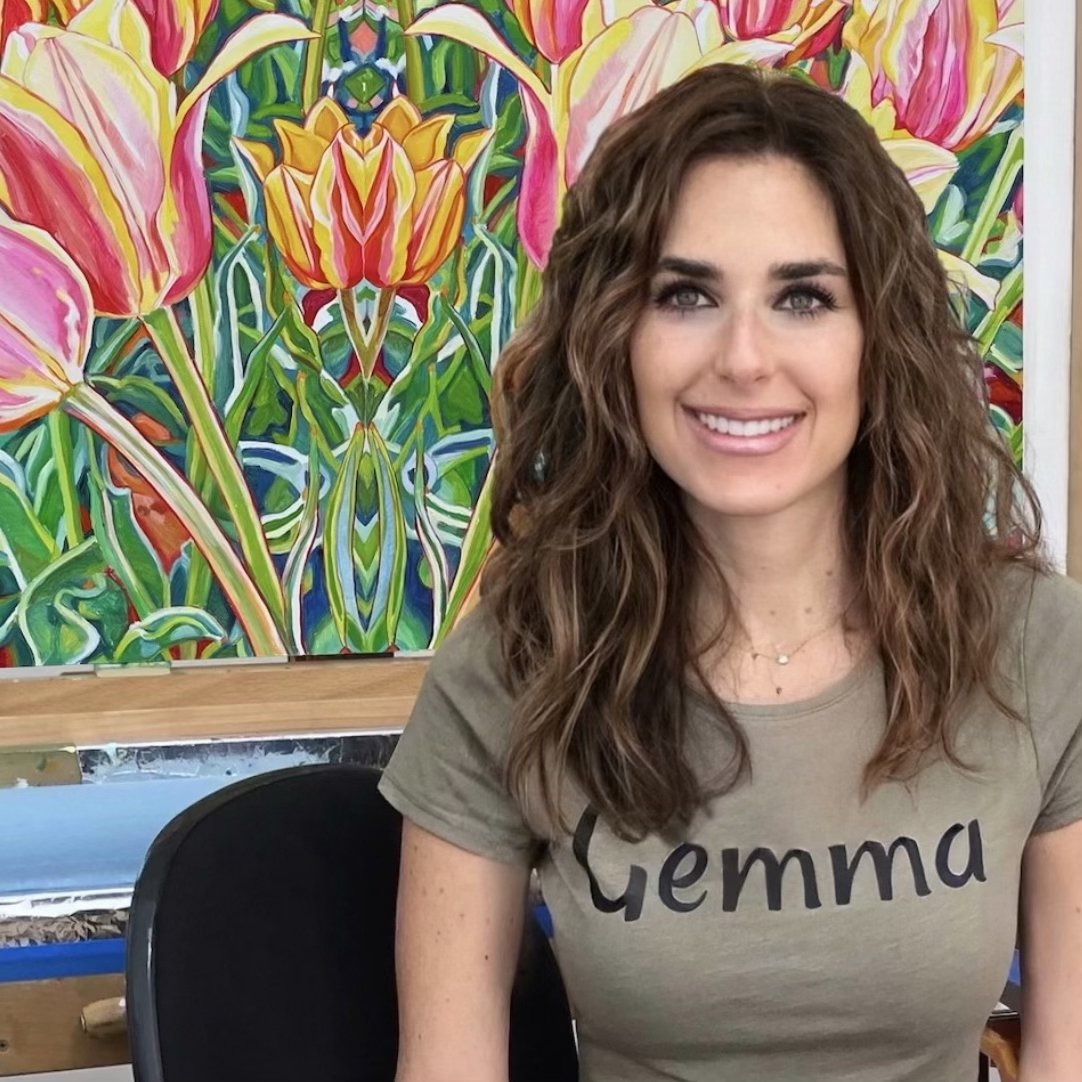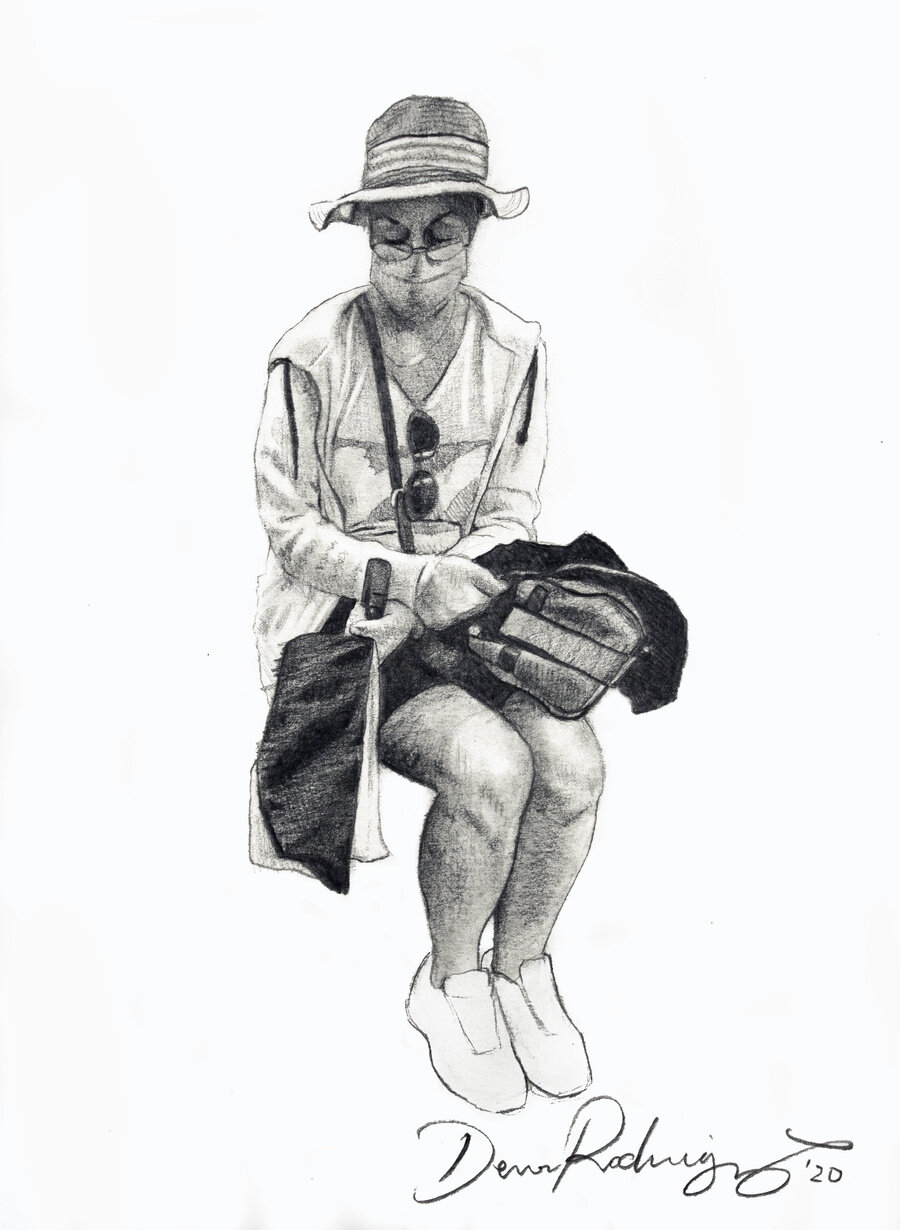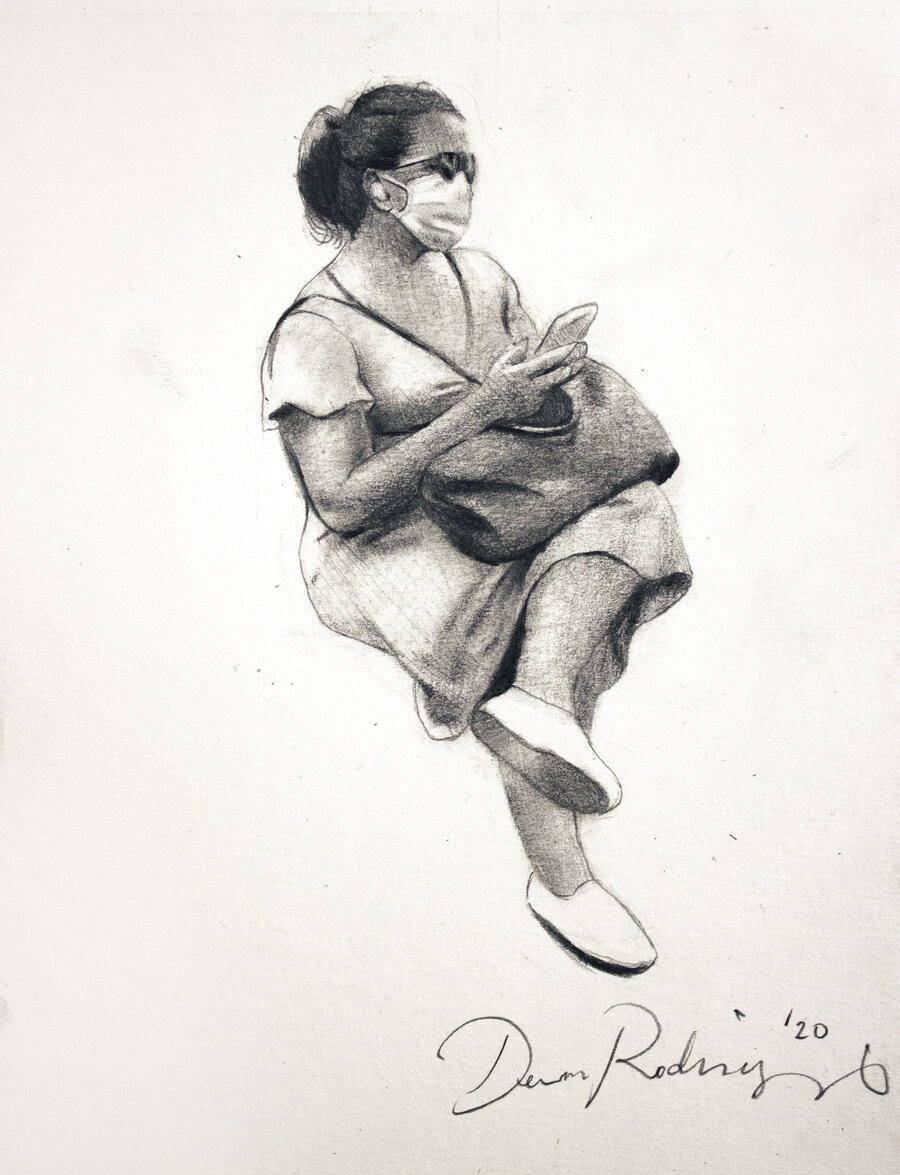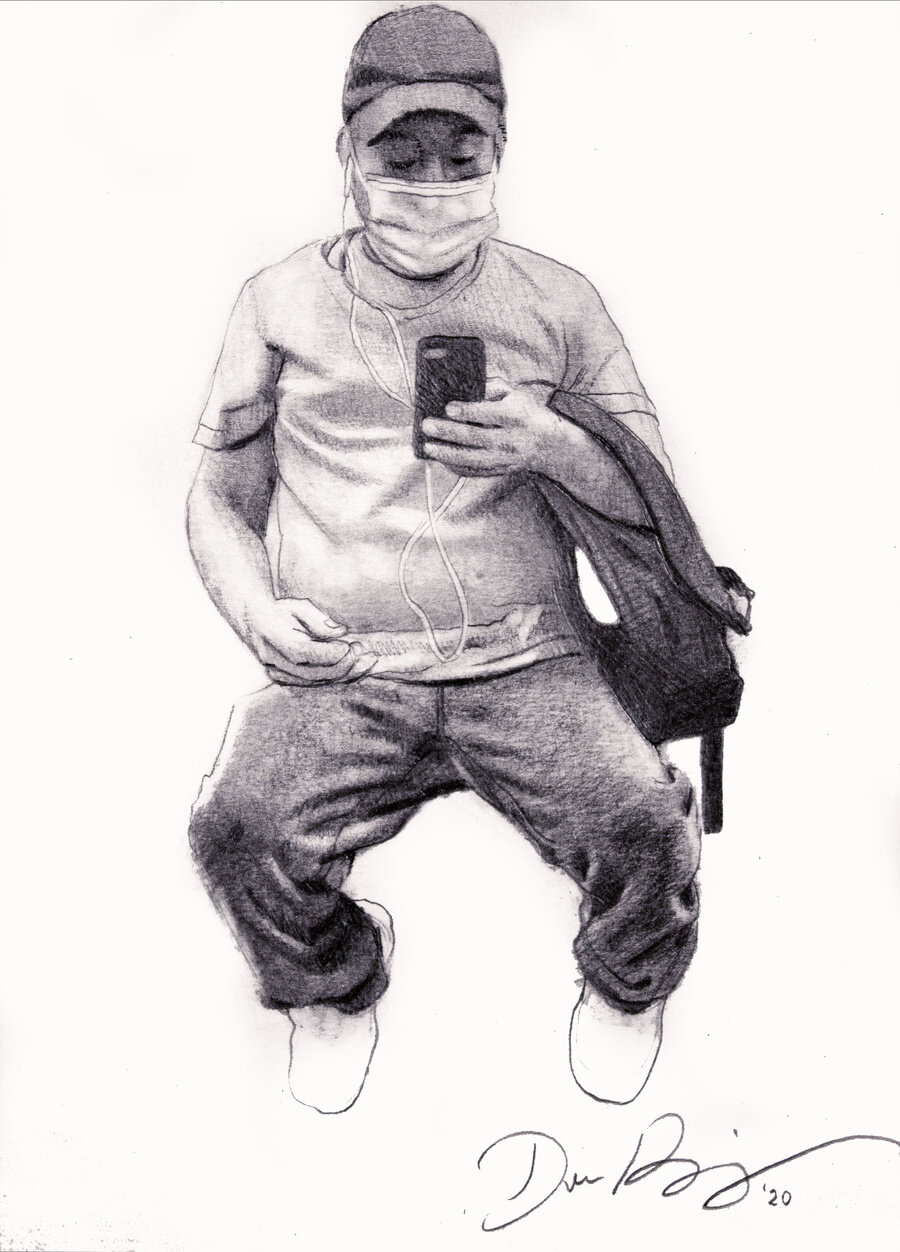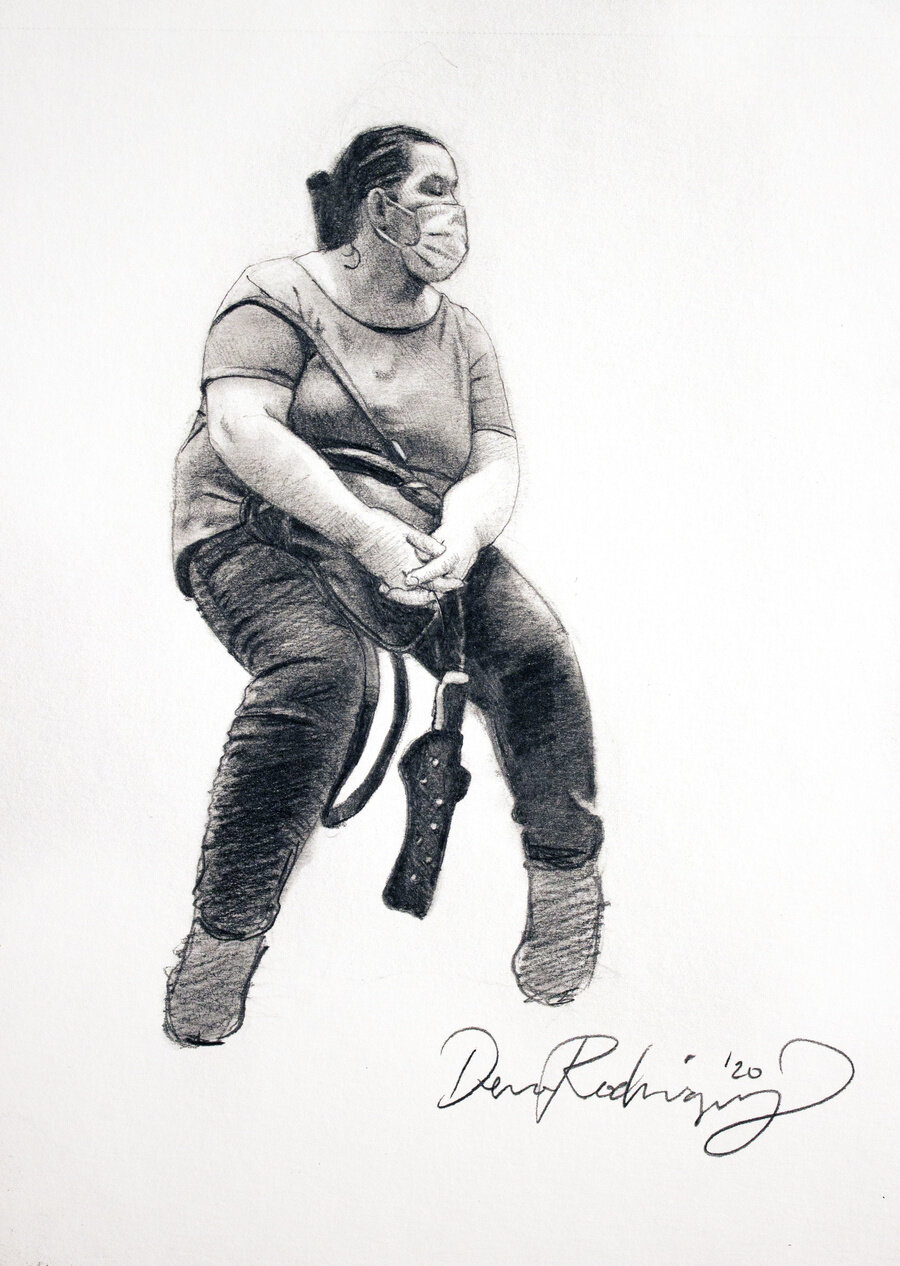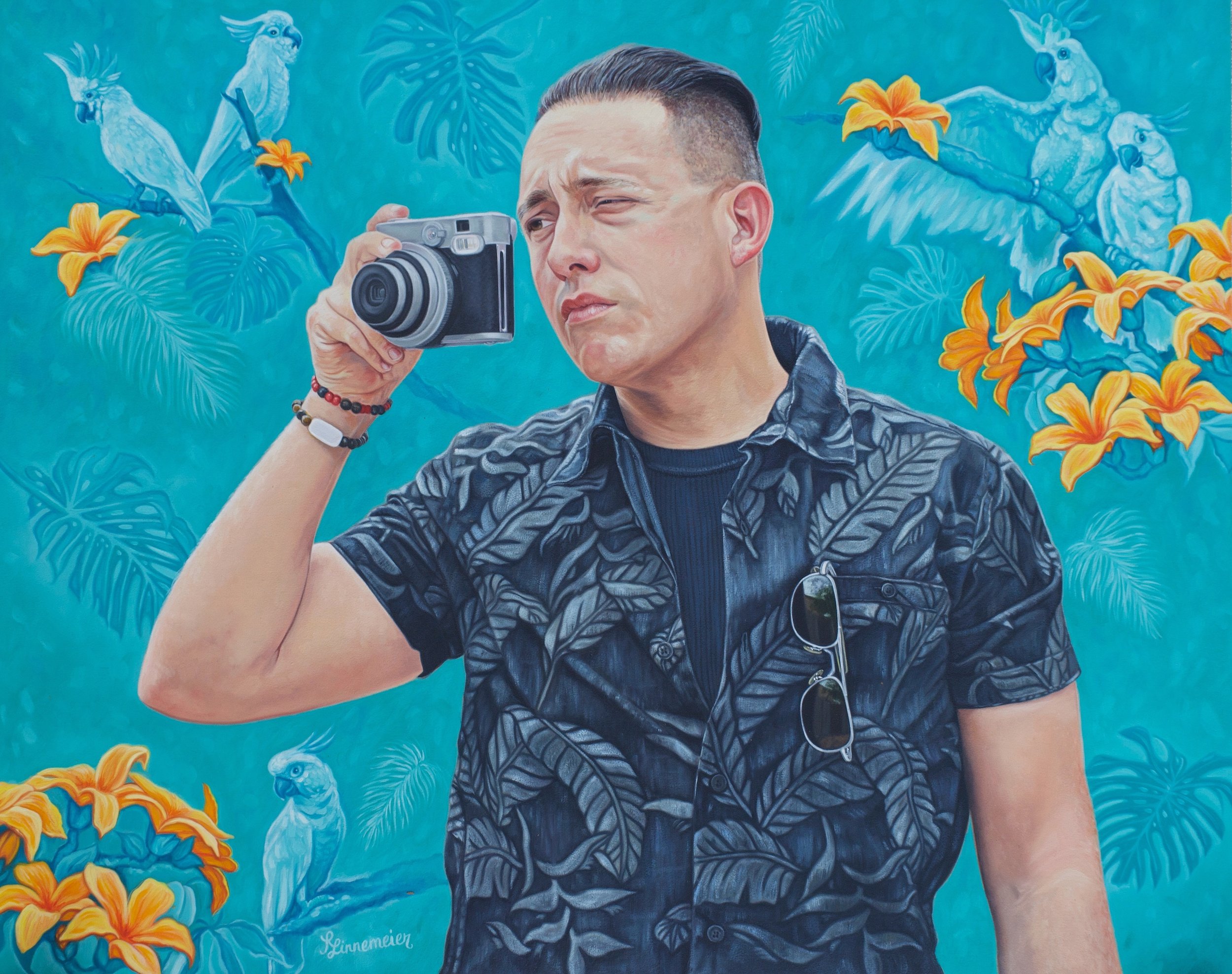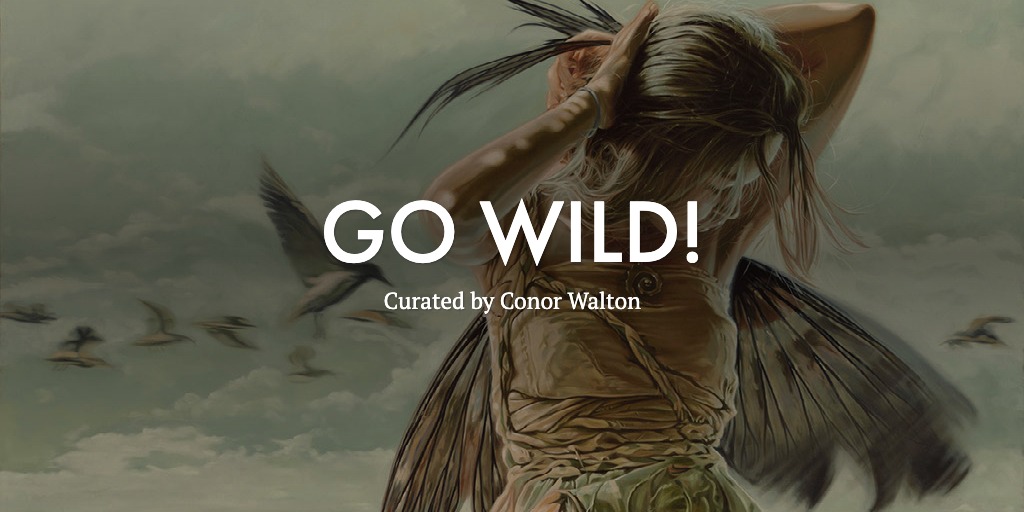News Release : On a Time Capsule to the Moon with 1200 Artists and One A.I.
TORONTO, ONTARIO (March 11, 2021) – The Peregrine Collection – an assembly of thousands of creative works by over 1200 creative artists and one A.I. – is headed for the Moon.
Coordinated by Dr. Samuel Peralta, the Artists on the Moon (AOTM) project is joining NASA’s scientific payloads on Astrobotic’s Peregrine Mission One, the first commercial launch in history, on a United Launch Alliance (ULA) rocket to Lacus Mortis on the lunar surface. Dr. Peralta, a physicist and entrepreneur, is also an author, whose fiction has hit the Wall Street Journal and USA Today bestseller lists, and whose poetry has won awards worldwide.
“I was fourteen on my first launch, an Antares model rocket kit by powered by an Estes solid-propellant engine the size of my thumb,” said Dr. Peralta. “Now we’re on Astrobotic’s lunar lander on a ULA Vulcan Centaur rocket headed for the Moon. Wow.”
The centerpieces of Dr. Peralta’s payload are the 21 volumes of his own Future Chronicles anthologies, all Amazon bestsellers, and 15 PoetsArtists art magazines and exhibition catalogs, one of which he helmed as guest curator for publisher and art curator Didi Menendez. Each individual volume provided scores of curated contemporary art and short stories for the time capsule.
Together with other art books, anthologies, novels, music, and screenplays - including for the short film Real Artists, which won an Emmy® Award in 2019 - he and his colleagues have digitized literally thousands of art and fiction for the trip to the Moon.
Dr. Peralta noted that between AOTM and its sister project, the Writers on the Moon group coordinated by fellow author Dr. Susan Kaye Quinn, several thousand creative artists and writers are now represented for the lunar journey.
“Our hope is that future travelers who find this capsule will discover some of the richness of our world today,” Dr. Peralta said. “It speaks to the idea that, despite wars and pandemics and climate upheaval, humankind found time to dream, time to create art.”
The Peregrine Collection represents creative artists from all over the globe, including from Canada, the US, the U.K., Ireland, Belgium, Australia, Sri Lanka, Singapore, and the Philippines. It includes a collaborative human-AI work of poetry between Dr. Peralta and OSUN, an OpenAI-based machine programmed by Sri Lankan author and researcher Yudhanjaya Wijeratne.
The Peregrine Collection is among the most diverse collections of contemporary cultural work assembled for launch into space, and is believed to be the first-ever project to place the work of women artists on the Moon.
The digitized artwork and literature files are contained in two microSD cards, encapsulated in DHL MoonBox capsules. Delivery is by Astrobotic’s Peregrine Lunar Lander, through NASA's Commercial Lunar Payload Services (CLPS) program.
Launch is scheduled in July 2021 from Cape Canaveral, Florida, and the lander will touch down in the Lacus Mortis region of the Moon, marking Earth’s return, and the first mission carrying commercial payloads, to the lunar surface.
About The Peregrine Collection:
The Peregrine Collection brings together the work of 1200 creative artists, and one A.I., on a time capsule to the Moon, via Astrobotic’s Peregrine Lunar Lander. Digitizing thousands of artworks, stories, and more, it leverages the Astrobotic/DHL MoonBox initiative to bring one of the most expansive cultural collections to space. A project of Incandence under its Artists on the Moon initiative, The Peregrine Collection is headed by payload coordinator and curator Dr. Samuel Peralta.
Website: peregrinecollection.com
About Samuel Peralta:
Physicist, entrepreneur, and storyteller, Samuel Peralta's fiction has hit the Wall Street Journal and USA Today bestseller lists, and his poetry has won awards worldwide, including from the BBC, the UK Poetry Society, and the League of Canadian Poets.
Acclaimed for his Future Chronicles anthologies, he is an art curator, an award-winning composer, and a producer of independent films, including The Fencer, nominated for a Golden Globe®, and Real Artists, winner of an Emmy® Award.
With a Ph.D. in physics and an expansive career, Samuel serves on the board of directors of several firms, and mentors start-ups at the University of Toronto’s ICUBE accelerator.
About the Publications:
The majority of the artworks being digitized and being sent to the moon are from the publications made possible from PoetsArtists creator Didi Menendez. The publishing house is GOSS183. The designers for these are April Carter Grant and/or Didi Menendez. The publications are available to download from www.iartistas.com or buy in print from Amazon, Blurb, and Magcloud.






